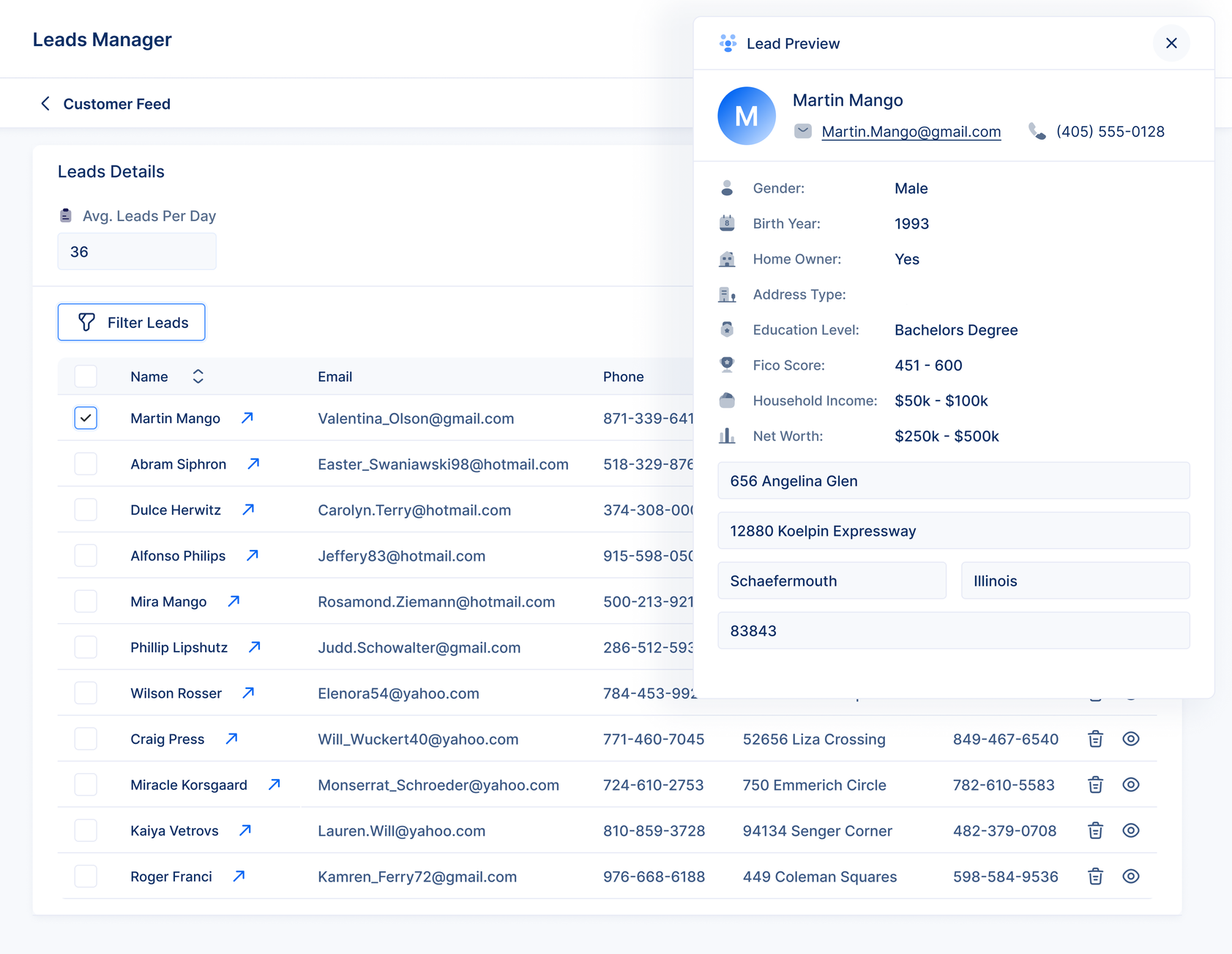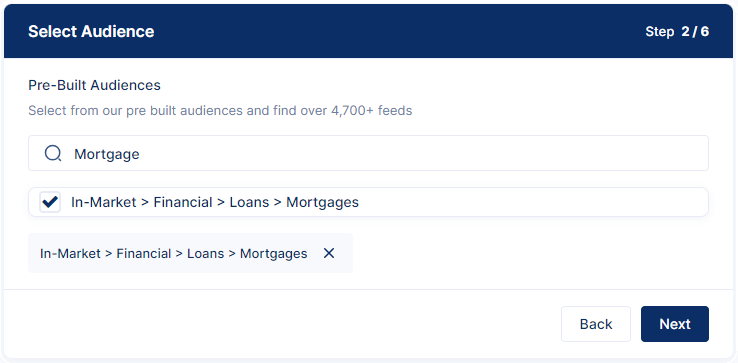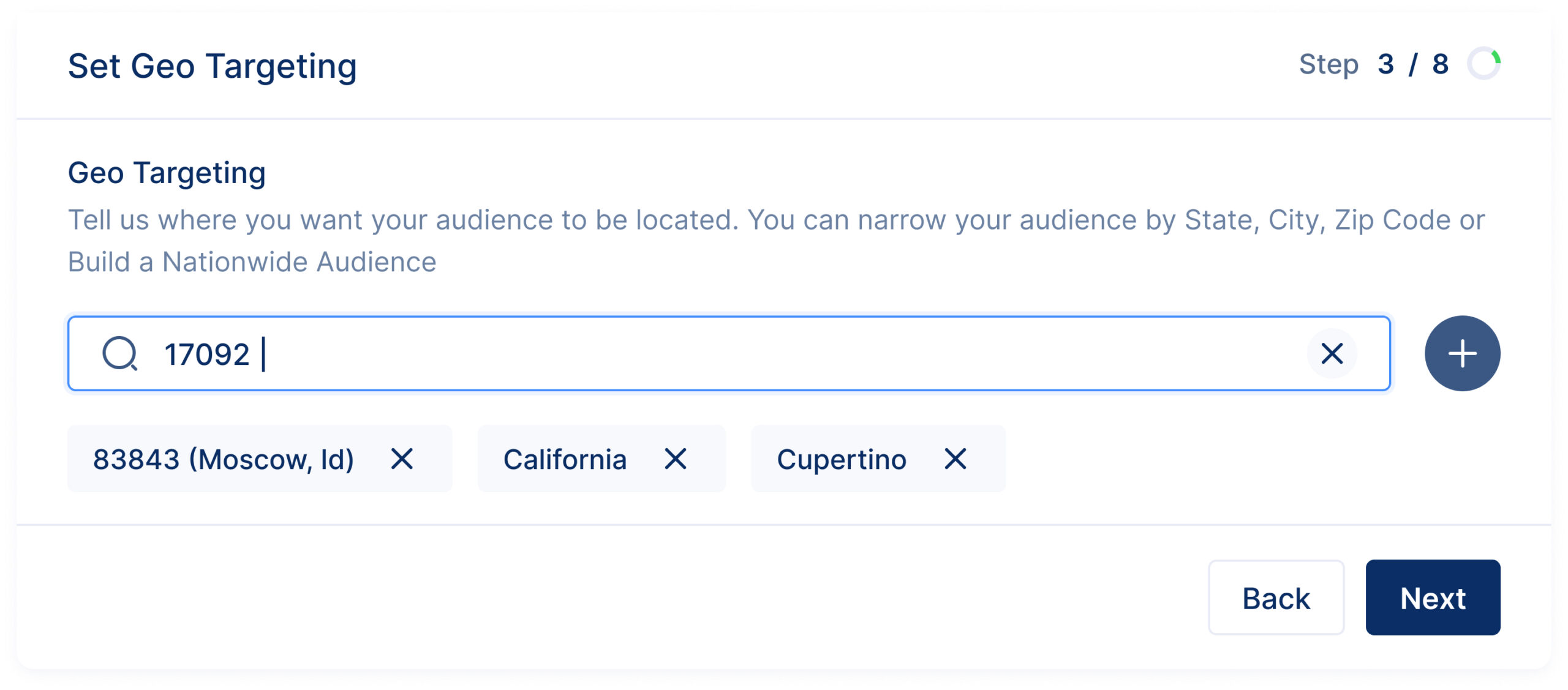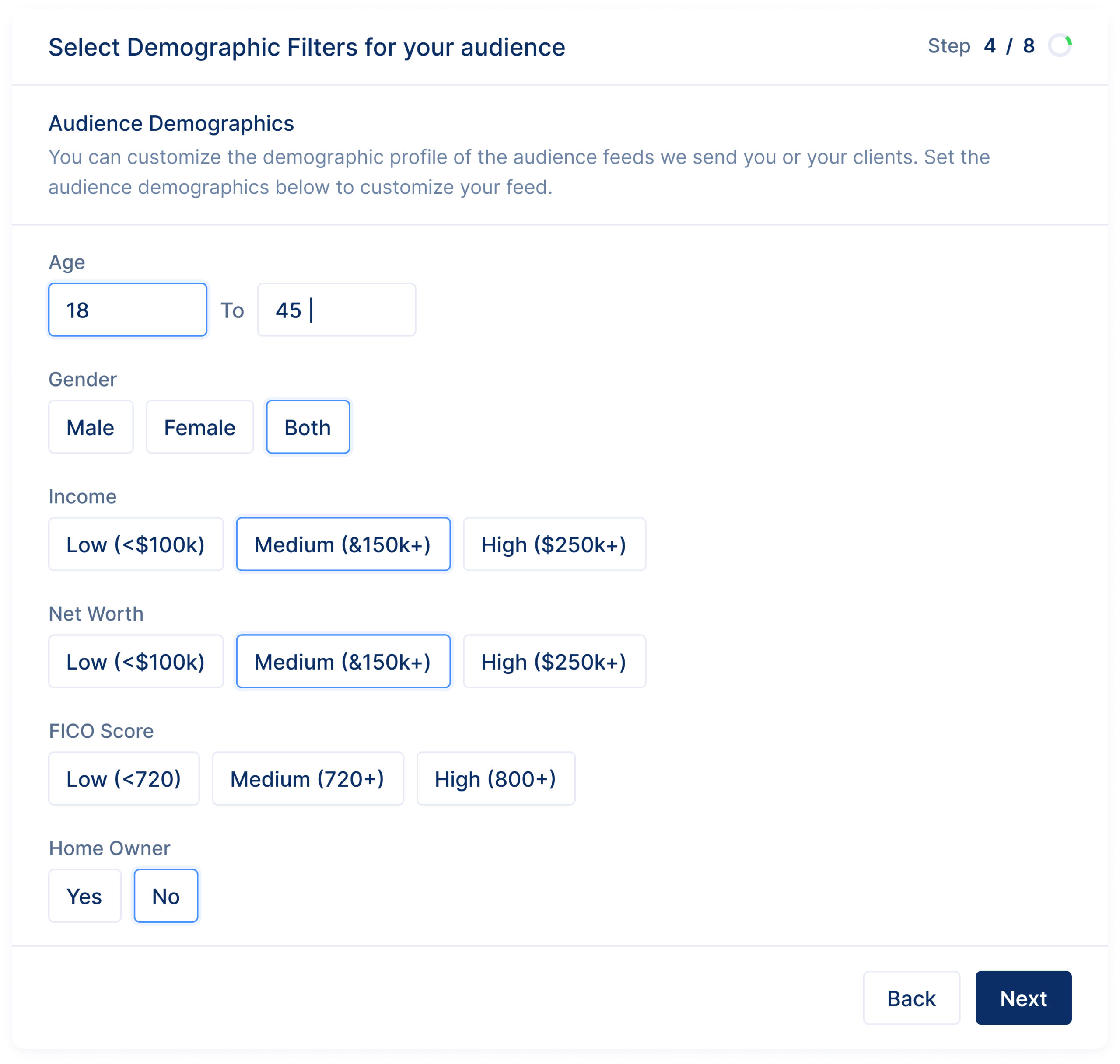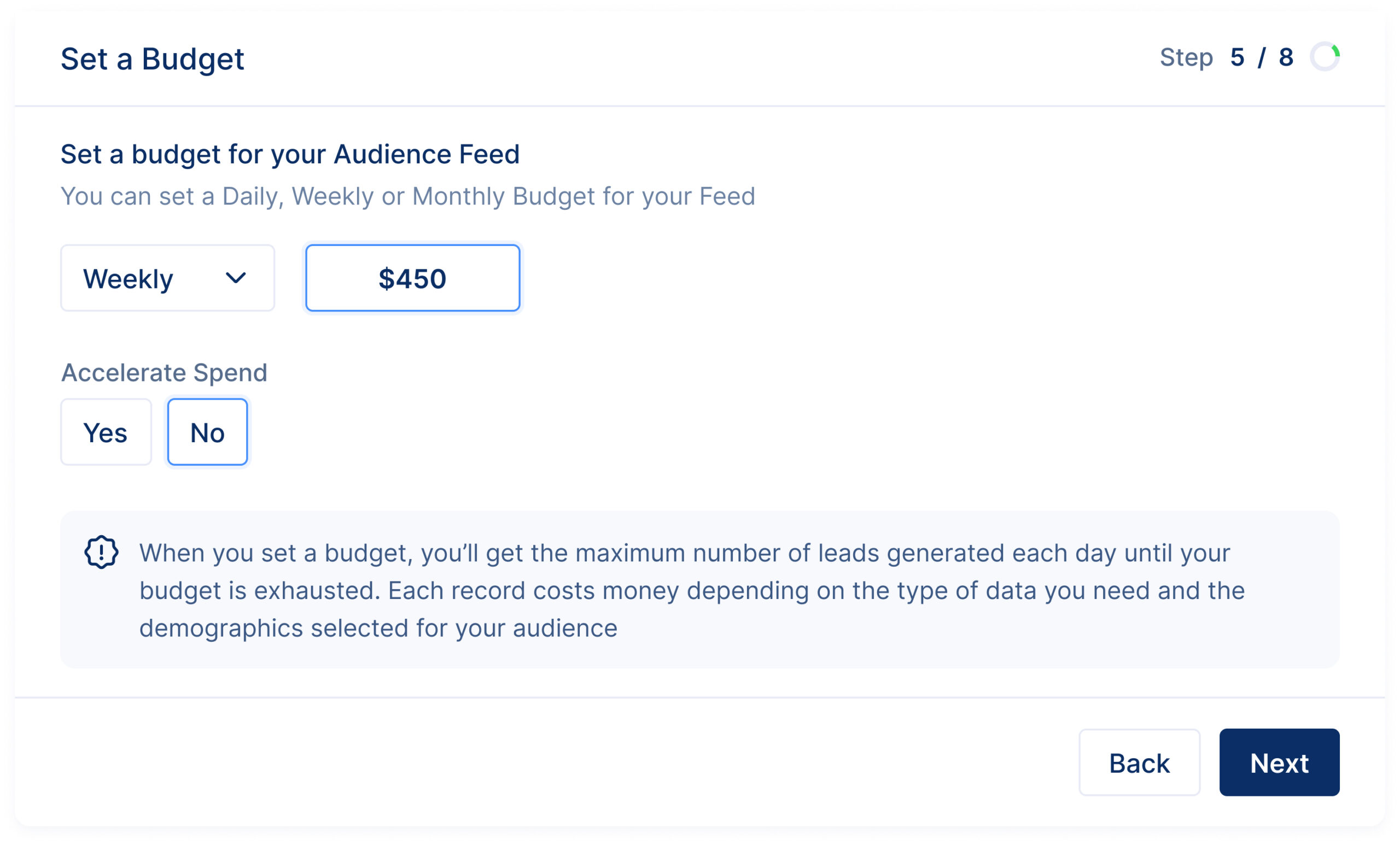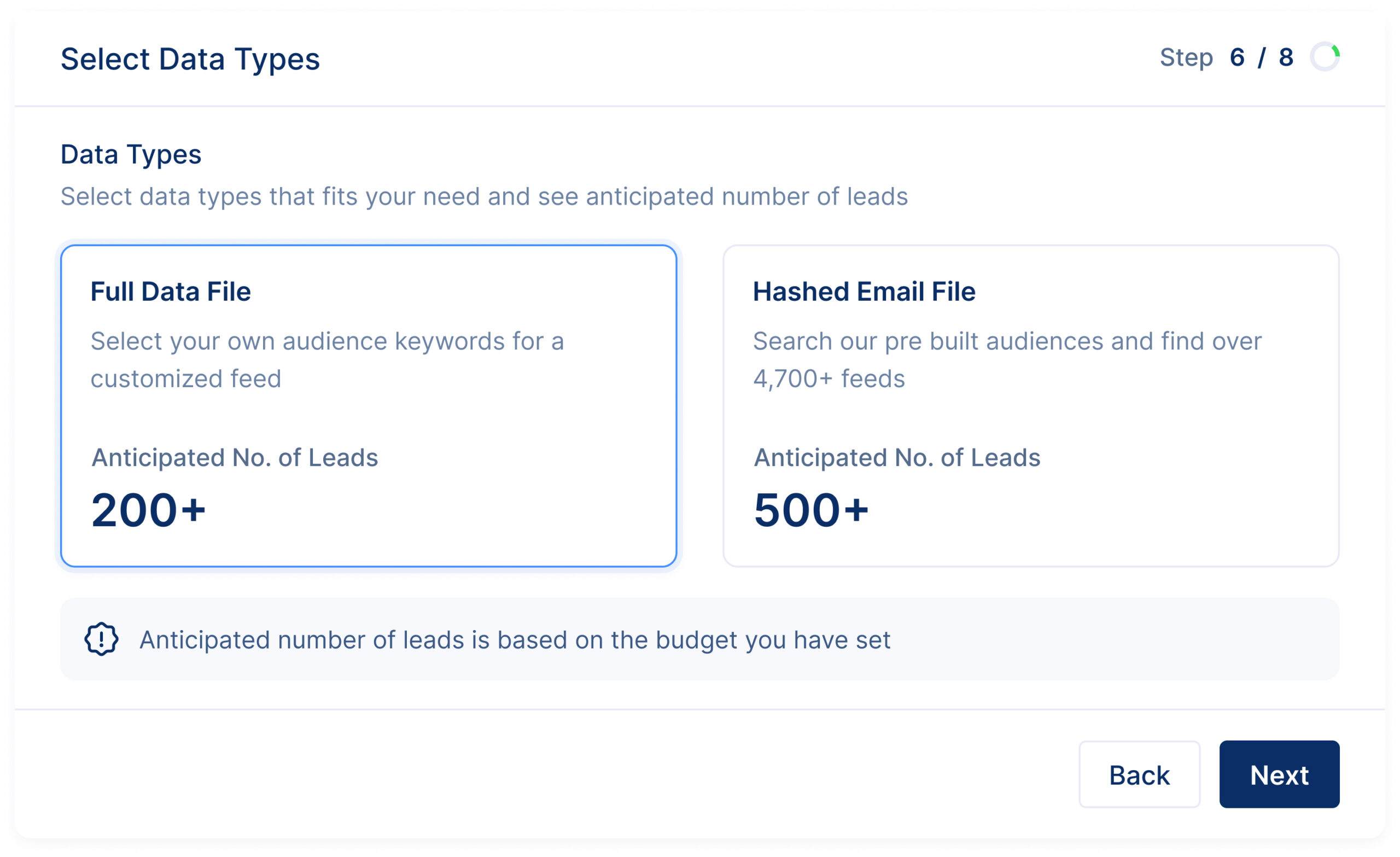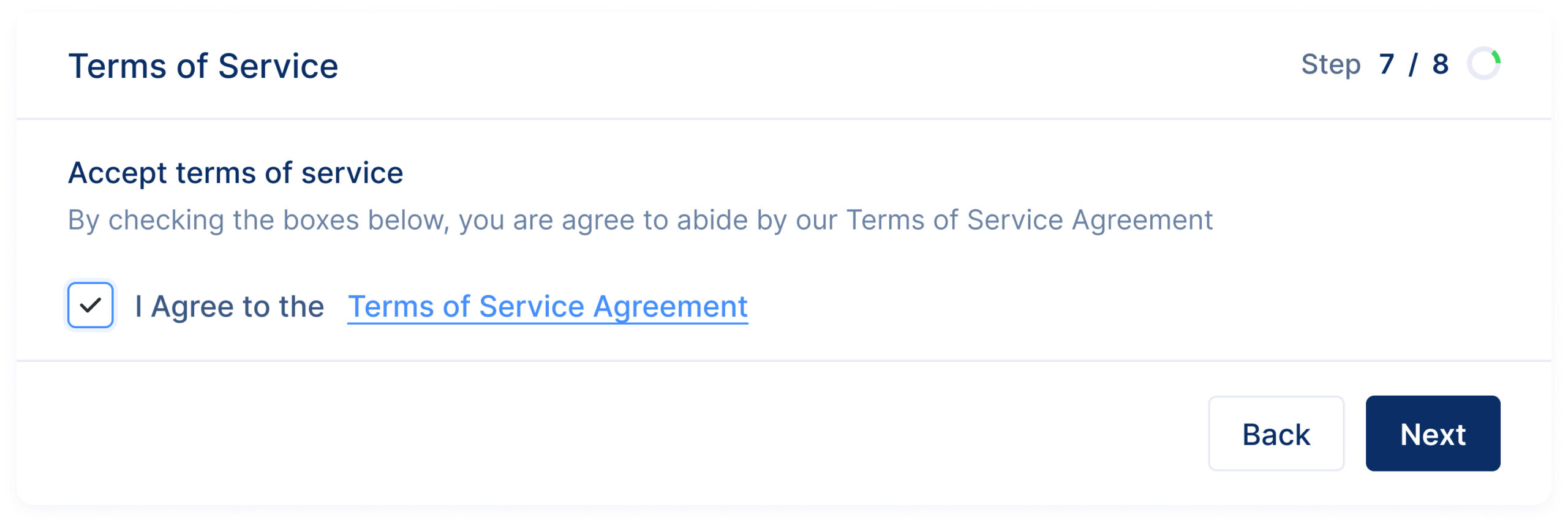GOOGLE SEARCH AUDIENCE FEEDS
Build a list of everyone searching Google for any keyword you can think of without spending a penny on ads

What are Google Search Audience Feeds?
That’s a great question… Imagine you could find out who everyone is that’s searching Google for any keyword you want. Now imagine you don’t have to pay Google $9 every time someone clicks on your ad. With Feededly, you can build a list of everyone searching Google for any keywords you want and not even pay a fraction of what it would cost you using Pay per Click.
How Much are Google Search Audience Feeds?
Creating a Google Search Audience Feed isn’t expensive at all. You can create a list of everyone searching Google for any keyword you can think of for just pennies per record. The number of consumers on your list depends on how much you want to spend. The price per record goes down as your budget increases. With a big enough budget, your cost per consumer record can be as low as .06 cents and as high as .50 cents for those with smaller budgets.
What Data is Included in your Google Search Audience Feeds?
There are two types of data you can buy from Feededly. The first is “Full Data Files” and the next is Hashed Email Files. We’ll explain both data types in more detail below.
FULL DATA FILES
When you want to reach out to your prospects yourself, you’ll need access to our “Full Data Files”. This includes information about your leads including:
-
- Full Name
- Email Address
- Home Address
- Mobile Phone Number
- Home Phone Number
- Age
- Gender
- Income
- Net Worth
- FICO Score
- LinkedIn Bio Link
- and so much more!
HASHED EMAIL DATA
When you want to use our Google Search Audience Feeds to target Google Search Consumers on lower-cost ad platforms like Facebook, Instagram, YouTube, TikTok, or LinkedIn, this is the type of data file you’ll want to select. We provide a file to you that is pre-formatted for all ad platforms’ custom audience builders.
Hashed Email Data is anonymized by ad platforms and matched with the social media users’ accounts in the list that we provide to you.
This allows you to target high purchase intent Google Search Consumers on lower-cost ad platforms and increase your conversion rates, lower your cost of customer acquisition, and generate more customers.
How do you Set Up a Google Search Audience Feed?
Creating a Google Search Audience Feed is extremely easy. It only takes a few minutes and there are some “Best Practices” to building the perfect audience that we’ll go over below!.
Step One: Select an Audience Type to Build
You have two options when creating an Audience Feed on Feededly, the first is to build a custom audience. Here you will be able to add your own keywords for targeting potential customers. (See Below).
If you want to select from one of our “Pre-Built” audiences you can search pre-built audiences and then select the audience that fits your products or services the best. (See Below)
Step Two: Select Geo Targeting Options
The next step is to set Geo Targeting options. You can select zip code, City, State or Nationwide targeting. See below
Step Three: Select Demographic Filters
When you really want to target your exact customer, you can add demographic targeting filters to your audience feed. See the image to the right for all your targeting options!
Step Four: Set a Budget
You will need to set a Daily, Weekly or Monthly Budget for your audience feeds. Your audience feed will be updated according to the frequency of your budget. So if you select “Weekly” we will update your feed once a week with new consumers in your feed who have searched your keywords.
Step Five: Select File Type
Here you will select the type of data file you want your customers information displayed in. (Please see our section on “Data Types” above).
Step Six: Agree to Terms of Service
Once you’ve selected your Data Types, you’ll need to agree to our terms of service agreement and click the “Next” button.
Step Seven: Purchase your Data
You can purchase your data using Stripe Payment solutions which is secure and allows for multiple options like credit/debit card payments or ACH payments.
